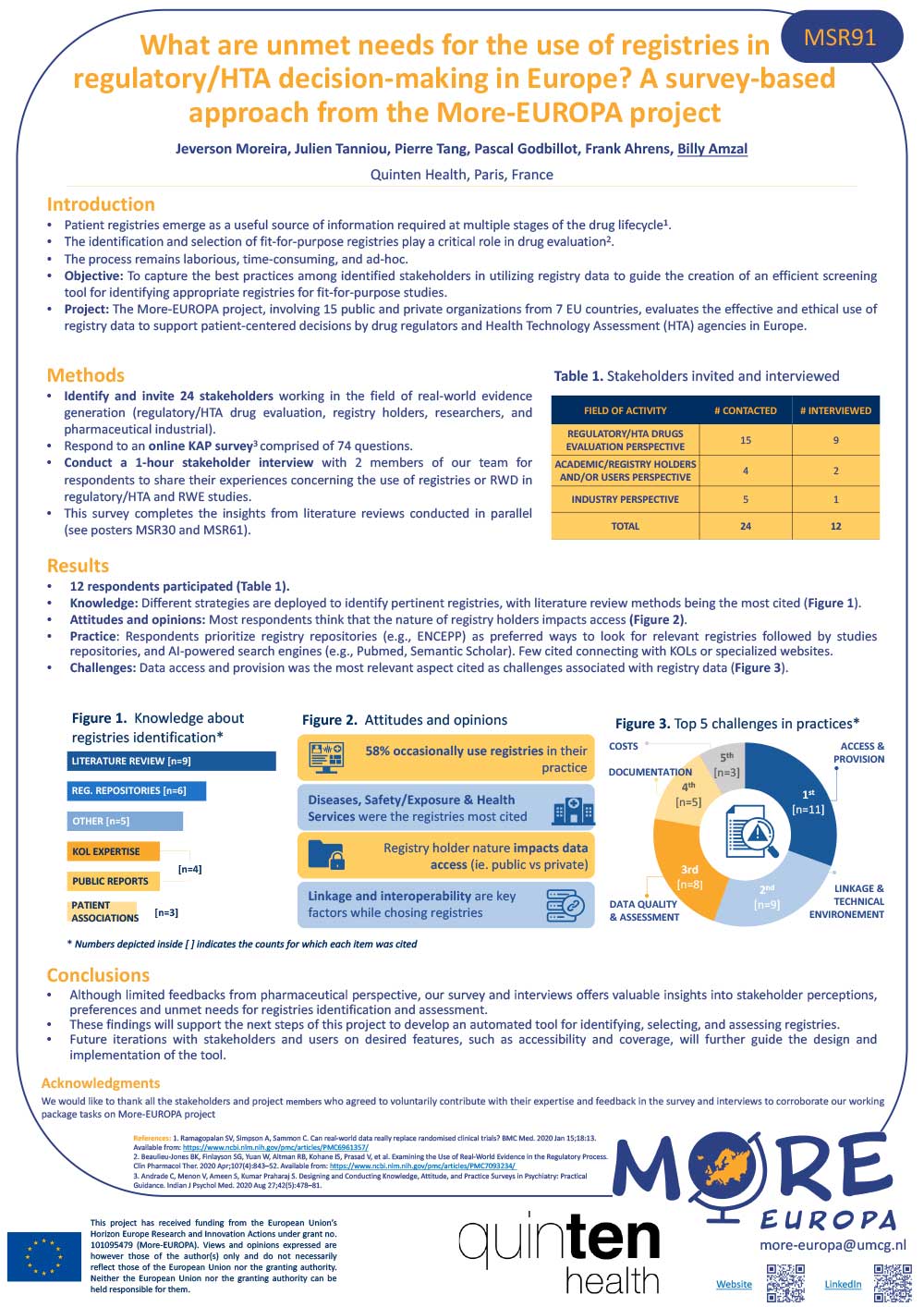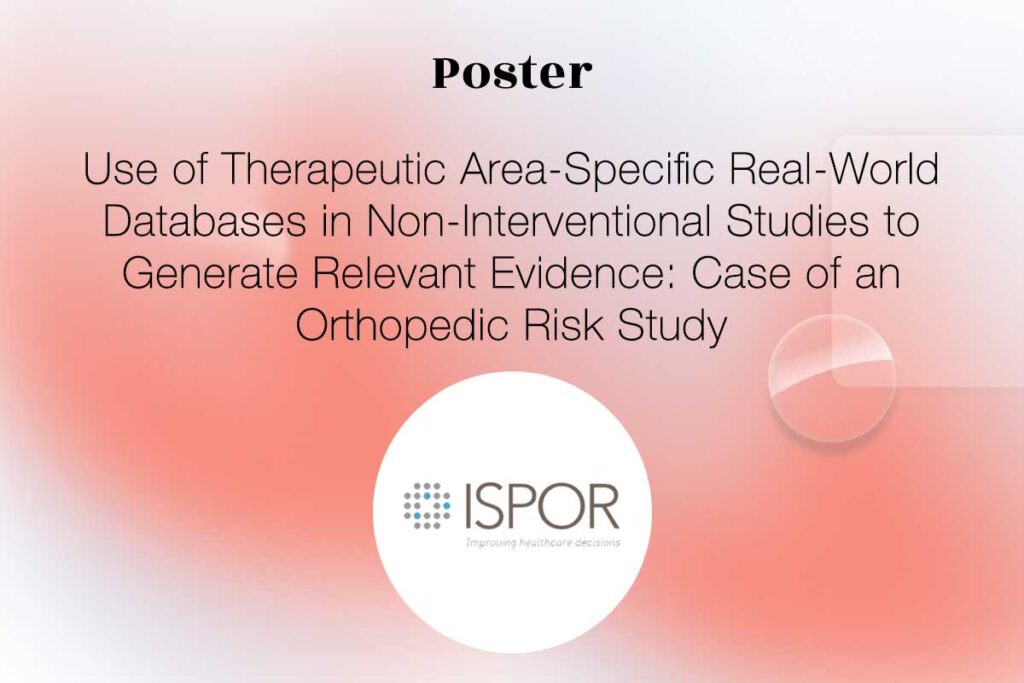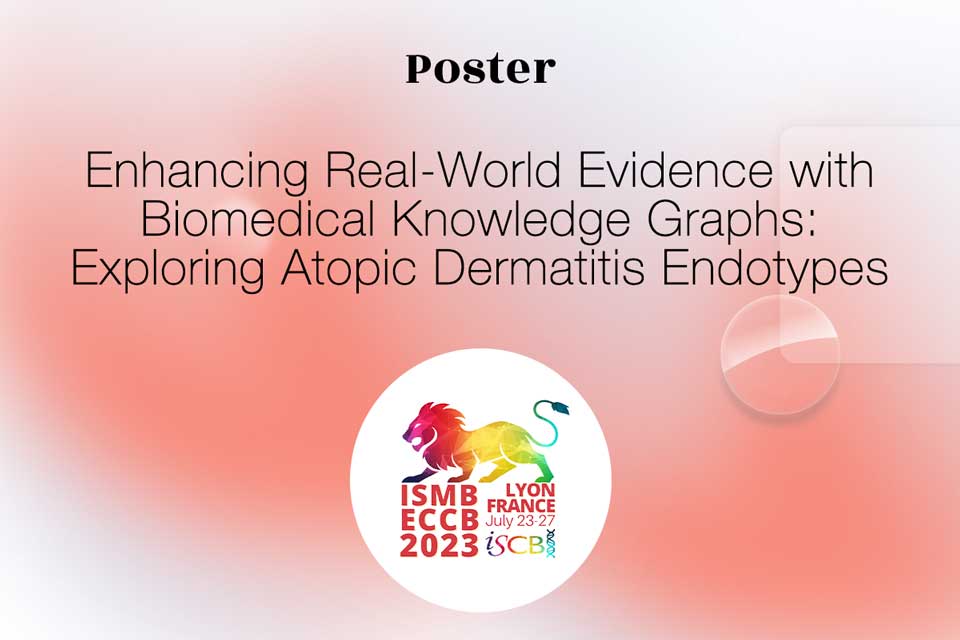Date: 14 November 2023
DOI: https://www.ispor.org/heor-resources/presentations-database/presentation/euro2023-3786/133470
CONFERENCE/VALUE IN HEALTH INFO:
2023-11, ISPOR Europe 2023, Copenhagen, Denmark
Value in Health, Volume 26, Issue 11, S2 (December 2023)
Abstract
Objectives
The More-EUROPA project, involving 14 public and private organizations from 7 EU countries, evaluates the effective and ethical use of registry data to support patient-centered decisions by drug regulators and Health Technology Assessment (HTA) agencies in Europe. Specifically, one objective is to develop a screening tool to timely identify suitable registries on a ‘fit-for-purpose’ approach.
Methods
To meet decision makers’ expectations, a cross-sectional survey was conducted to evaluate current practices in identifying, selecting, and assessing registries for regulatory/HTA decisions. It involved patient representatives, registry owners, industry representatives, european regulators, and HTA assessors. A structured questionnaire comprising 74 questions (61 closed and 13 open questions) was sent electronically to the participants. Subsequently, each participant engaged in a one-hour interview to further explore the answers. Data were collected over a two-month period and analysed to inform the design of an AI-powered tool.
Results
Approximately 83% of participants utilize traditional literature review methods, such as PubMed, to identify registries, while less than 17% believe patient registries are irrelevant for regulatory/HTA decision-making. Challenges in accessing and providing registry data are key barriers during the assessment process. Data completeness is the primary criterion for evaluating data quality, with about 67% of participants being aware of existing data assessment frameworks. Stakeholders emphasize that the nature of the registry holder can impact access, and a tool capable of identifying registries from various repositories or a centralized patient-registries repository would facilitate the selection of registries based on a fit-for-purpose approach.
Conclusion
Our survey offers valuable insights into stakeholder perceptions and preferences regarding the creation of an automated tool for identifying, selecting, and assessing registries. Stakeholder feedback on desired features, such as accessibility and coverage, will inform the design and implementation of the tool, enhancing decision-making in regulatory and HTA settings.









